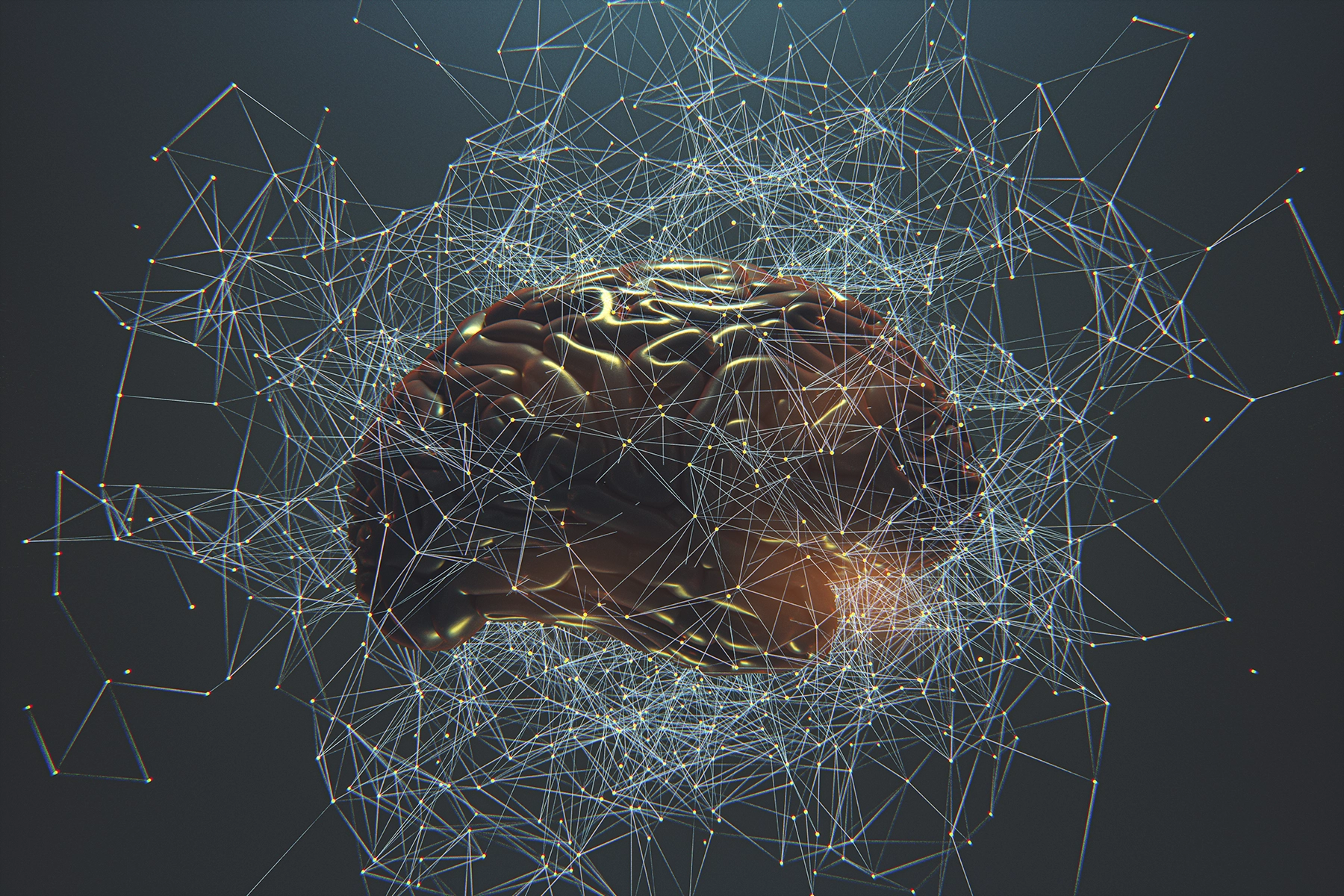Research: Neurosteroids and Tourette Syndrome

Researchers have spent decades trying to understand the root causes of Tourette Syndrome and other tic disorders. Some scientists are trying to locate the genes that trigger the disorders, while others are analyzing the neurocircuitry of patients to identify patterns and find some common cause.
Now, a new team that includes researchers at the University of Miami Miller School of Medicine is trying to solve the mystery by studying another possible clue: neurosteroids.
Barbara Coffey, M.D., M.S., chair of the Department of Psychiatry and Behavioral Science at the Miller School and director of the Tourette Association of America Center of Excellence at UHealth is teaming up with researchers at the University of Utah to determine if two particular steroids that impact the brain can help explain the onset and exacerbation of tics in young children. Dr. Coffey has been researching tic disorders for over 30 years. This study is particularly exciting because it may help elucidate the underlying biological mechanisms that drive tic disorders in patients who have struggled with them for so long.
“There is a full court press going on around the world to get at the underlying causality of tic disorders by taking many different approaches,” she says. “The potential is quite high.”
Tourette Syndrome is the most well-known of a broad range of tic disorders, which are caused by a condition in the brain that results in repeated twitches, movements, and sounds. These conditions have been misdiagnosed and stigmatized for centuries but have become better understood by the medical community and more accepted by the general public in more recent years.
Yet scientists still don’t understand the core mechanism that causes tic disorders. Dr. Coffey and a team of international researchers are conducting a separate study analyzing the gene sequence of people with tic disorders to find specific genes or combinations of genes that lead to the disorders. Other scientists are examining images that chart brain activity to find the cause.
Dr. Coffey’s new study is trying a different approach. Working with Marco Bortolato, M.D., Ph.D., a major collaborator at the University of Utah, they are focusing on two steroids that impact brain activity that, they believe, may play a significant role in the development and fluctuation of tics.
One steroid – allopregnanolone, or AP – is created in higher quantities when a person is experiencing stress. The team hypothesizes this neurosteroid may play a role in intensifying the frequency of tics. The other steroid – dehydroepiandrosterone, or DHEA – may contribute to tic onset when children are around the age of 5 years. Males are far more likely to develop tic disorders, and DHEA is found at higher levels in males, so they believe there may be a link there.
“DHEA is clearly mapping onto the same developmental course that tics map onto, so we’re thinking, ‘Hmm, there may be something there,’” Dr. Coffey says. “We want to understand the mechanisms here.”
The study is being funded by a $485,000 grant from the National Institutes of Neurological Disorders and Stroke (NINDS). Dr. Coffey and Bortolato are the co-principal investigators. If their study establishes a link between tic disorders and neurosteroids, they will propose a broader study to verify the findings.
If all that works as they’ve hypothesized, the next step would be to lead a more extensive study to replicate the findings. Eventually, if successful, study findings could lead to the development of a specific biomarker for tic onset and severity. Medications that impact these neurosteroids could be developed to reduce tics. Currently, most treatments are either behavioral or pharmacologic, but each approach has significant limitations. Some medications have shown potential to reduce tics, but they have significant side effects. The hope is to fine-tune medications to reduce or eliminate tics without added side effects.
“For example, if I see a sky-high DHEA level and a sky-high AP level on initial evaluation, then we can get a specific intervention underway from day one,” she says.
The research will be conducted by studying children between the ages of 8 and 12 in Miami and Utah – 60 with Tourette Syndrome and 60 without. All participants will undergo an initial screening to obtain basic information and a sample of their urine to measure the levels of each steroid in their systems. Then, the 60 with Tourette Syndrome will return for a tic suppression test to measure the level of each steroid in their system before and after the test.
While Dr. Coffey and her team will invite children with Tourette syndrome and their parents from the UHealth clinic to participate, they seek help finding the 60 children who don’t experience tic disorders to round out their comparison group. The team is offering to reimburse participants for all travel expenses and additional compensation for their efforts.
Alan Gomez is a contributor to UHealth’s news service.
Tags: Dr. Barbara Coffey, tic disorders, young kids movement
